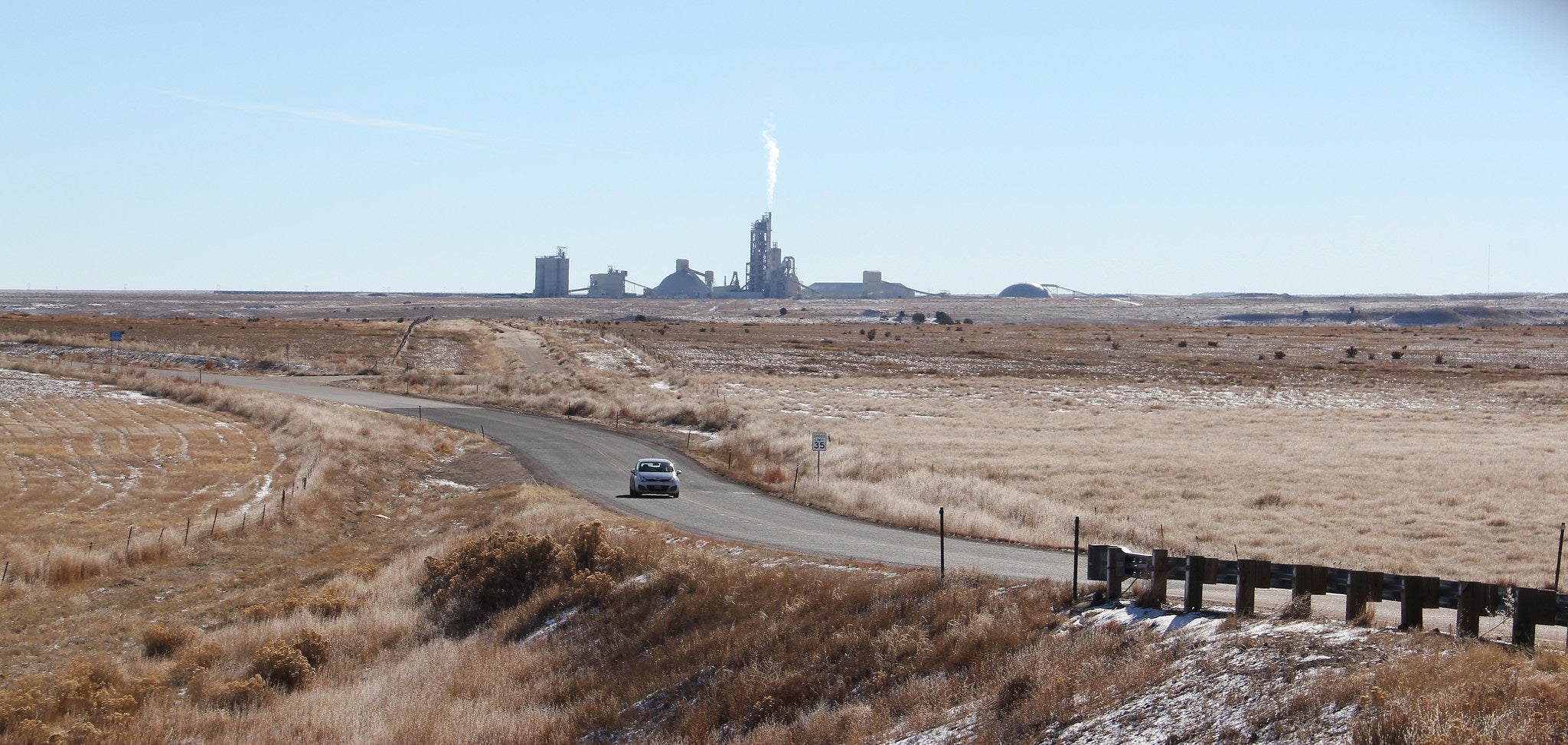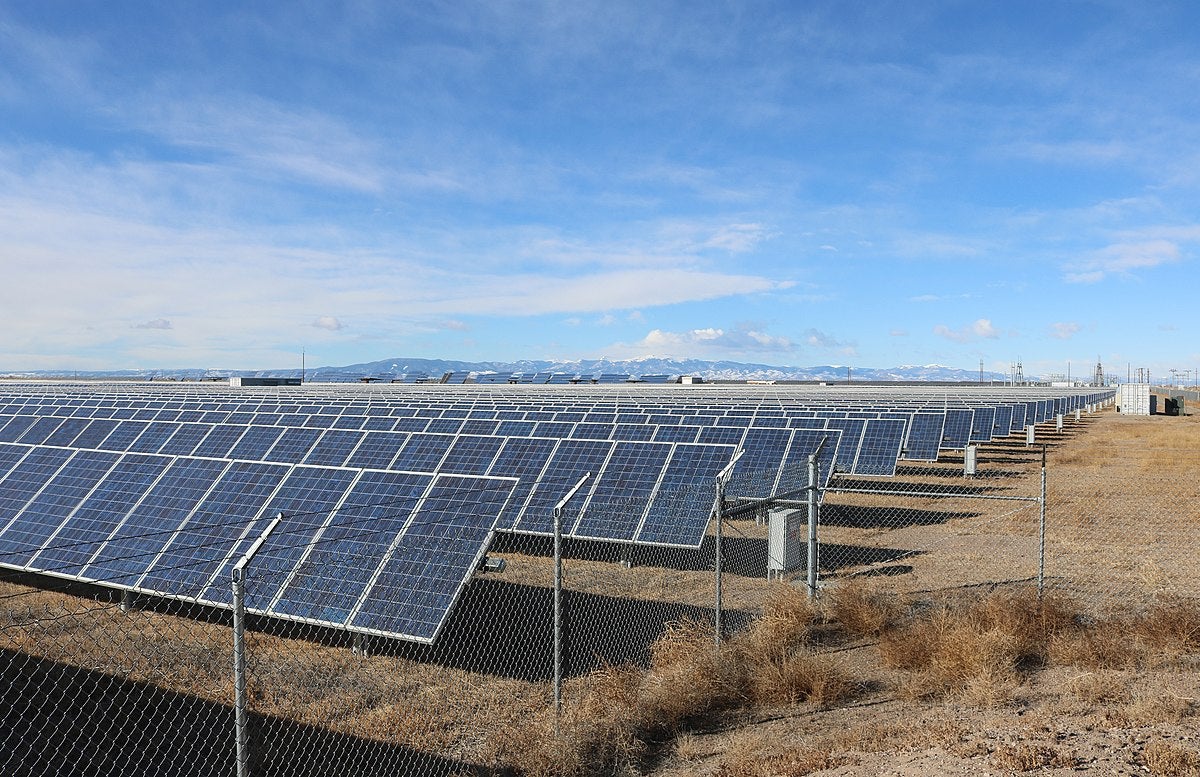This blog was co-authored by Mary Catherine Hanafee LaPlante, Intern, U.S. Climate Policy
As the hottest summer on record scorches the state, California leaders are working to tackle the impacts of climate change head-on by strengthening an essential tool in their climate policy toolbox: the state’s cap-and-trade program.
Last year, the California Air Resources Board (CARB) finalized its Scoping Plan for Achieving Carbon Neutrality which recognized the importance of accelerating action this decade to put the state on track to achieve net-zero emissions by 2045 as well as 85% reductions below the 1990 level. Specifically, the Scoping Plan highlights that California needs to exceed its near-term goal and achieve 48% reductions below 1990 by 2030.
To reach these critical goals, CARB is evaluating potential amendments to its cap-and-trade program. With two workshops on the books, CARB is already making significant strides towards fortifying the program.
Here are four key opportunities for the state to strengthen the cap-and-trade program:















